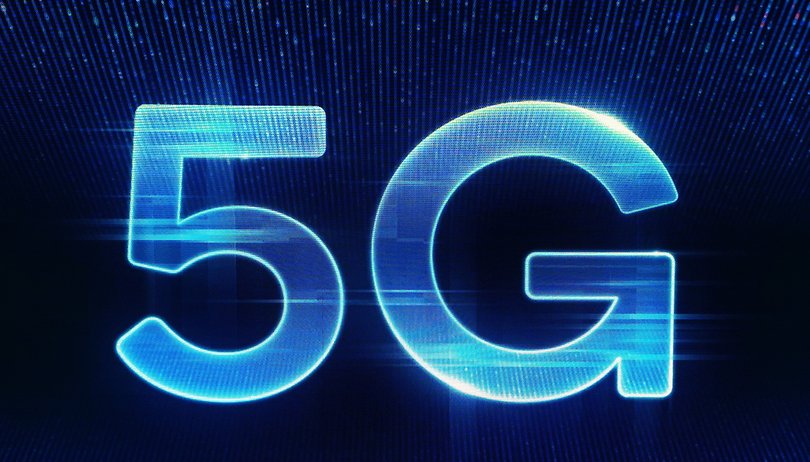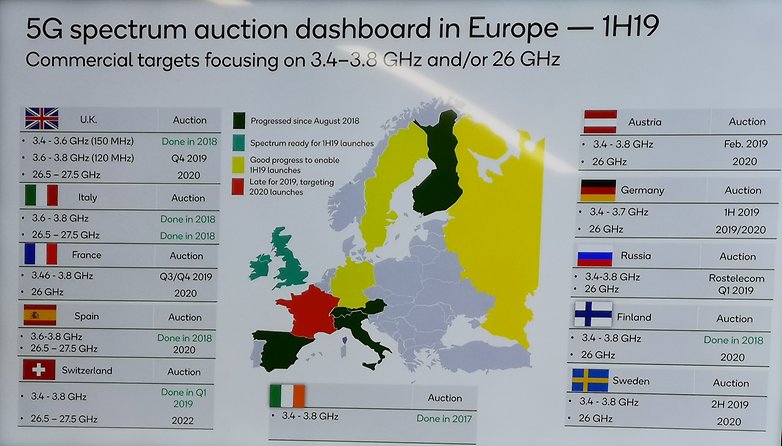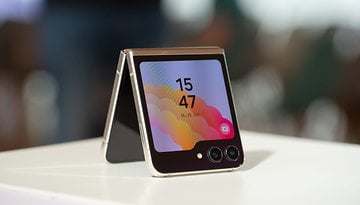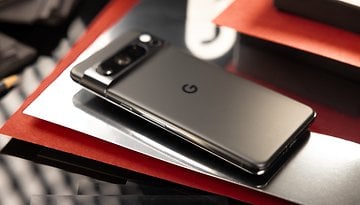5G in Europe: the countdown to the mobile revolution has begun


Preparations for the launch of 5G are in full swing in many parts of the world. In Europe, many countries are involved in spectrum distribution, financing and infrastructure development. There are considerable differences within Europe, which reflects the state of preparations. A country is particularly lagging behind.
The differences between 5G and the previous mobile phone generations are large. It is no longer just a question of faster data rates, but rather of shorter network response times and the possibility of bringing a large number of devices into the network. To get started with 5G you need several things, like new antennas, backbones and radio masts. But the central building block for 5G, so you can get started, are the radio frequencies. These are auctioned off in packages to the participating providers in auctions. Then the actual construction of the 5G network can begin.
Differences between 5G Sub6 and mmWave
If you want to understand 5G, you have to know the difference between Sub6 and mmWave, because these are two areas of 5G that differ and whose frequencies are assigned separately. Sub6 refers to the range of 5G, which takes place below 6 GHz, in Europe between 3.4 and 3.8 GHz. This long-wave signal has a long range and is particularly suitable for the expansion of 5G in the area. mmWave works in the microwave range of around 26 GHz. Due to its short wavelength, it transmits fewer radio waves and is more easily disturbed by physical obstacles, but is faster and has lower latencies. 5G with mmWave is therefore used mainly for urban areas and limited spaces such as stadiums, exhibition centers or company premises.
A look at the expansion in the European countries shows: In the first half of the year, frequency auctions for the range below 6 GHz will take place almost everywhere. Some states, such as the UK, Spain and Italy, have already completed the first round of 5G distribution and can begin building 5G networks. France is lagging a little behind, the 5G auction will not take place here until the end of the year.

Looking at the figures, it becomes clear that all countries are proceeding somewhat differently in terms of frequency distribution. In Germany, for example, the range between 3.7 and 3.8 GHz for 5G with Sub6 is initially held back and possibly distributed later - but it is already reserved for 5G applications.
In Spain and Italy, it is similar with the range between 3.4 and 3.6 GHz, which is currently also not auctioned in the auctions. The Europe-wide regulations are interpreted differently and adapted to local conditions, laws and the provider landscape.
mmWave doesn't start until 2020
It will take even longer before the higher frequencies around 26 GHz can be used. Only in Italy have the areas already been divided among the suppliers in an auction, in the rest of Europe this will only happen in 2020 and thus two years later. Ireland is the only country in the current list to completely forgo mmWave for its 5G network for the time being.
Even if the European countries are at different stages when it comes to 5G expansion, the foundations will be laid this year and next, when the actual construction of the infrastructure can begin. The question of how providers will refinance the immense costs associated with the 5G rollout depends on local conditions. In the UK, for example, 5G infrastructure which is built in 2020 and operated until 2030 is expected to cost around £38 billion to £71 billion, depending on whether mobile network operators could be convinced to share infrastructure (which would reduce costs).
What do you think? When will we be transmitting in 5G for the first time?























Everyone is talking about 5g. It won't be ready for another 2yrs. Don't waste your money on a 5g phone, right now their totally useless. Wait & see how it all pans out!